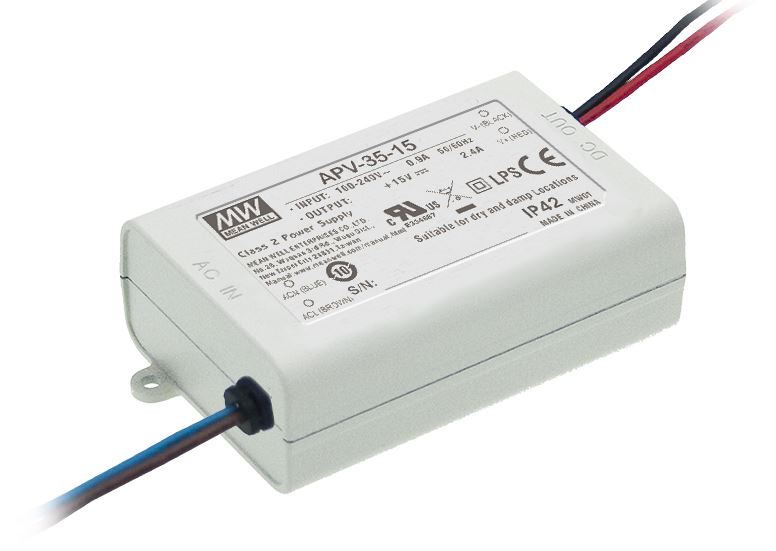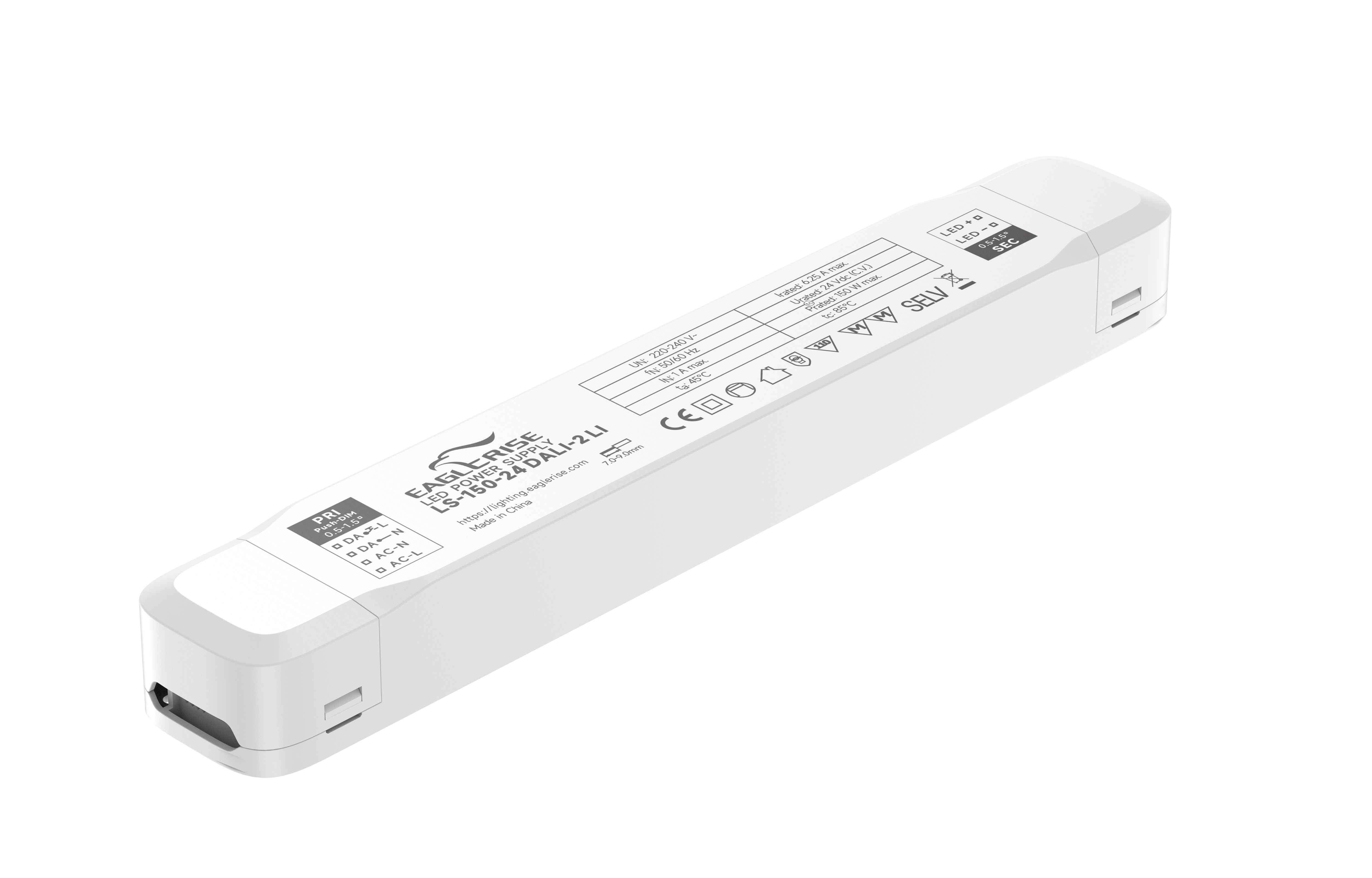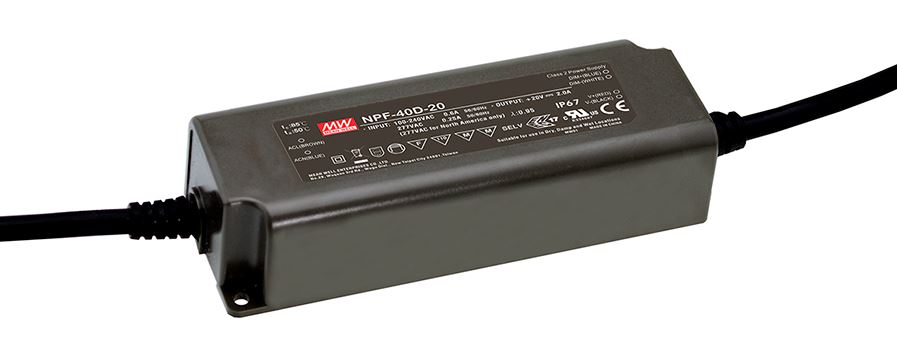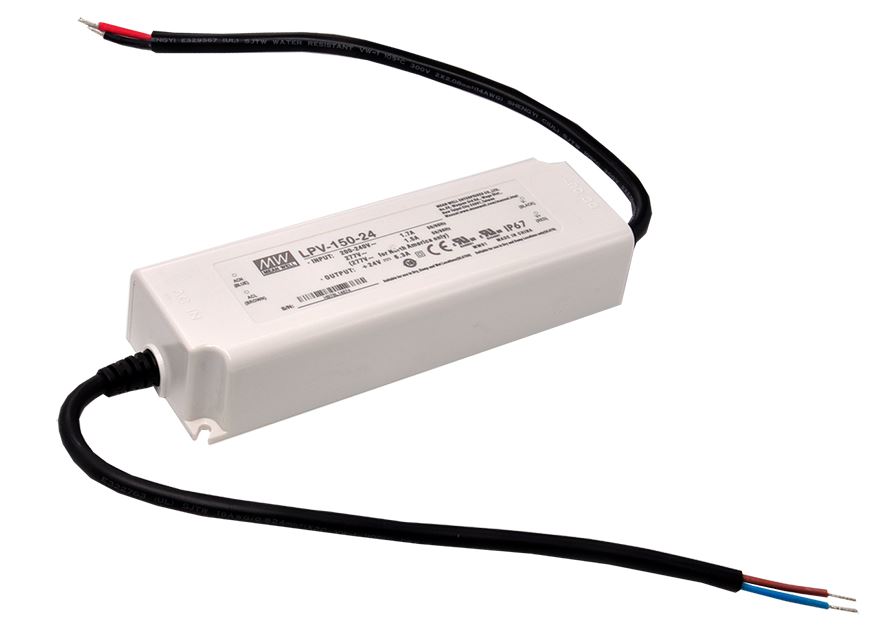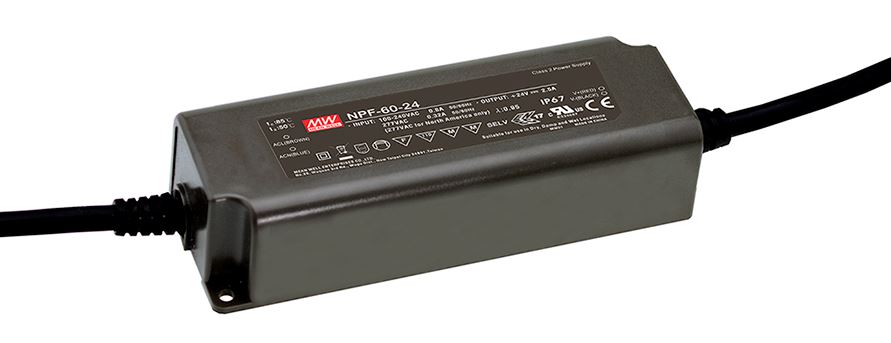DRIVER LED CONSTANT VOLTAGE
Discover all categories
- Select a value
-
- Select a value
-
Results
No exact match, try with fewer filters or a more generic term
Digimax: CV LED driver for professional installations
Constant voltage LED drivers provide a fixed voltage output, regardless of the current variations required by the connected LEDs: unlike DC drivers, CV LED power supplies are used in LED systems equipped with internal resistors to regulate the current.
Thanks to collaborations with leading international companies such as Mean Well, Snappy, Eaglerise, Dalcnet and uPowerTek, Digimax offers a complete range of constant voltage LED driver power supplies, designed to ensure safety, efficiency and compatibility in different indoor and outdoor environments, for numerous professional and industrial LED Lighting applications.
Main advantages of constant voltage LED power supplies:
Stable power supply for pre-configured LED strips and modules;
Simple and economical solution for various LED Lighting systems;
Easy installation thanks to compatibility with different LED formats.
Application areas of constant voltage LED drivers:
Decorative and ambient lighting (strips, modules, illuminated signs);
Architectural and commercial projects (buildings, shops, showrooms, shop windows);
Backlighting and signage systems (public, urban, etc.).
Frequently asked questions about constant voltage LED drivers
What is a constant voltage LED power supply?
A constant voltage (CV) LED driver is a power supply that supplies a fixed voltage to the connected LED systems, allowing the current to vary based on the connected load: it is ideal for powering LED devices already equipped with internal components for regulating the current.
What are the differences between constant current or constant voltage LED drivers?
Constant voltage LED power supplies maintain a fixed voltage value and allow the current to adapt to the connected devices; instead, constant current LED drivers directly regulate current flow, tailoring the output voltage for stable output.
How to choose a constant voltage LED power supply?
To choose the most suitable constant voltage LED driver for the lighting system, it is important to evaluate some aspects: the voltage of the output voltage (12V, 24V, 48V) based on the LEDs used, the nominal power to guarantee safe and efficient operation, the IP protection degree in case of installations in outdoor environments or with high humidity, the compatibility with control units or LED dimming systems if smart brightness regulation is foreseen.
Are constant voltage LED drivers both AC/DC and DC/DC?
A constant voltage LED power supply can be configured as AC/DC or DC/DC, depending on the power source. An AC-DC CV LED driver converts the alternating current of the electrical network into direct current at constant voltage, adapting to systems with integrated resistors; while a DC-DC CV LED driver regulates the input DC voltage, transforming it into a different voltage, keeping it constant to adapt to specific LED modules and devices.
FAQ
Cos’è un alimentatore LED a tensione costante?
Un driver LED a tensione costante (CV) è un alimentatore che fornisce un voltaggio fisso ai sistemi LED collegati, lasciando variare la corrente in base al carico collegato: è ideale per alimentare dispositivi LED già dotati di componenti interne per la regolazione della corrente.
Quali differenze tra driver LED a corrente o tensione costante?
Gli alimentatori LED a tensione costante mantengono un valore fisso di tensione e permettono alla corrente di adattarsi ai dispositivi connessi; invece, i driver LED a corrente costante regolano direttamente il flusso di corrente, adeguando la tensione di uscita per un'erogazione stabile.
Come scegliere un alimentatore LED a tensione costante?
Per scegliere il driver LED a tensione costante più adatto al sistema di illuminazione è importante valutare alcuni aspetti: il voltaggio della tensione in uscita (12V, 24V, 48V) in base ai LED utilizzati, la potenza nominale per garantire un funzionamento sicuro ed efficiente, il grado di protezione IP in caso di installazioni in ambienti esterni o con elevata umidità, la compatibilità con centraline di controllo o sistemi di dimmerazione LED se è prevista la regolazione smart della luminosità.
I driver LED a tensione costante sono sia AC/DC che DC/DC?
Un alimentatore LED a tensione costante può configurarsi come AC/DC o DC/DC, a seconda della fonte di alimentazione. Un driver LED CV AC-DC converte la corrente alternata della rete elettrica in corrente continua a tensione costante, adattandosi a sistemi con resistenze integrate; mentre un driver LED CV DC-DC regola la tensione continua in ingresso trasformandola in una diversa tensione, mantenendola costante per adeguarsi a specifici moduli e dispositivi LED.
Posso usare un driver CV per LED in serie?
Sconsigliato: serve corrente costante per pilotare alla giusta corrente i led.
Serve un fusibile?
Consigliato per sicurezza aggiuntiva se il driver non prevede protezioni interne.
Quando è utile il CV 48 V?
Un driver a tensione costante mantiene stabile la tensione in uscita, indipendentemente dal carico collegato. Questo garantisce un funzionamento sicuro e uniforme per dispositivi come strip LED e moduli LED dotati di resistenza.
Quanta tensione serve per accendere un LED?
Dipende dal tipo di LED: in genere varia tra 1,8V e 3,3V per singolo chip. Nei sistemi a tensione costante, si usano alimentatori da 5V, 12V o 24V, compatibili con l’intero circuito.
I LED funzionano con corrente continua o alternata?
I LED funzionano tipicamente con corrente continua (DC), ma la corrente che arriva alle prese di casa è generalmente corrente alternata (AC). Per questo i dispositivi LED sono spesso dotati di un driver, che converte la corrente alternata in corrente continua e la adatta alla tensione corretta.
